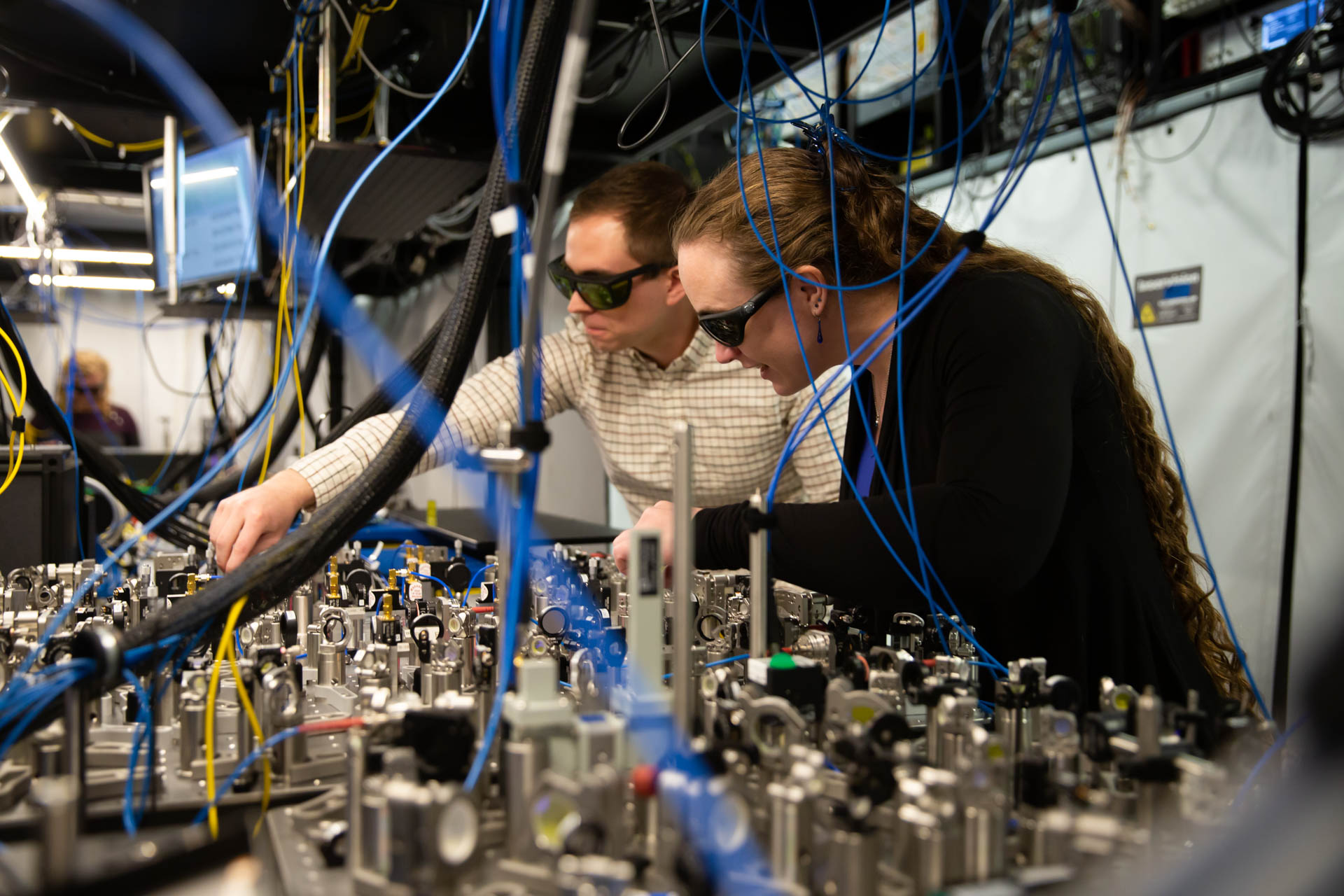Quantinuum Quantum Computer Utilizing Microsoft's 'Logical Quantum Bits' Successfully Conducts 14,000 Experiments Error-Free

The date is April 5, 2024, report.
This text has been through a rigorous editorial process in line with Science X's guidelines. The key attributes of credibility identified by the editors are:
- It's been fact-checked
- It's a preprint
- It originates from a trusted source
- It's been proofread
The author is Bob Yirka from Phys.org
A collaboration between a team of computer engineers from the quantum computer firm Quantinuum and computer scientists from Microsoft has led to a significant reduction in errors during quantum computing experiments. The collaborative team publicized their findings and the details of their work in a paper presented on the arXiv preprint server.
There has been ongoing research for several years aimed at developing an exceptionally functional quantum computer capable of achieving quantum supremacy. Despite progress, the research is hindered by a significant problem — the high error rate of quantum computers. Thus, efforts have shifted towards finding ways to minimize these errors or rectify existing ones before the production of results.
Microsoft, one of the companies striving to reduce these errors, has focused on creating and utilizing logical quantum bits or qubits by employing a strategy termed 'active syndrome extraction'. In this strategy, multiple physical qubits are used to generate a few logical qubits, creating a qubit virtualization system.
For this project, Microsoft joined forces with Quantinuum, and between them, they combined the H2 computer by Quantinuum, modelled on ion-trap qubits, with Microsoft's logical qubit software. In their combined approach, they succeeded in using 30 physical qubits to manufacture four logical qubits.
With its active syndrome extraction method, the software can identify and correct errors during calculations without destroying the logical qubits. This involves gathering information about the qubits' noise, as opposed to measuring them.
The academic team put their method to the test by carrying out 14,000 experiments on the H2, all of which were completed error-free. Subsequent reviews indicated the system had an error rate of 1 per 100,000 operations, making the system approximately 800 times more effective than the same quantum computer but without Microsoft's logical qubits.
Upon completion of the testing phase, Microsoft postulated that the team had developed a Level 2 quantum computer. This signifies a version with a relatively low error rate, that is furthermore scalable.
Journal details: arXiv
© 2024 Science X Network




